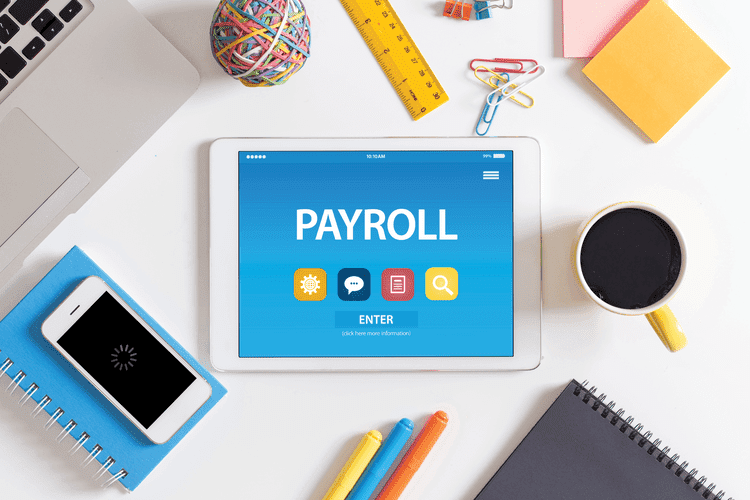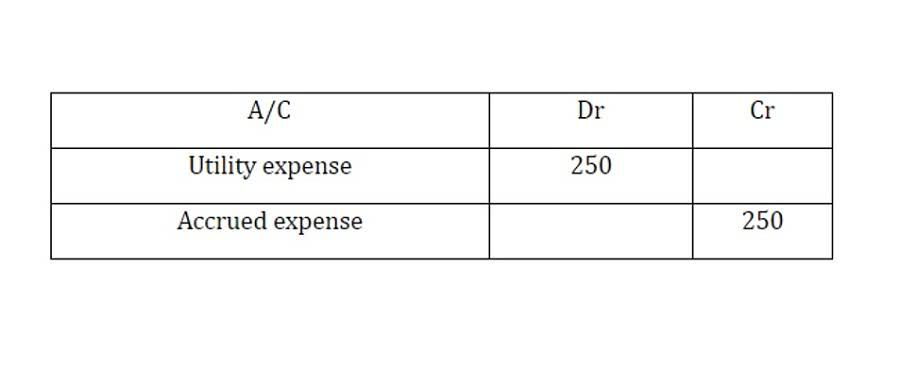
Analysts should be aware of these limitations and use the equity multiplier as part of a broader analytical framework. This makes Tom’s company very conservative as far as creditors are concerned. And these assets are typically financed through equity the equity multiplier is equal to: (money from shareholders), debt (loans and borrowings), or a mix of both. Companies with more debt will have higher debt servicing costs—think of those pesky interest payments—which means they need to generate more cash flow to stay afloat. Within the DuPont framework, the equity multiplier amplifies the effects of profit margin and asset turnover. A company with strong earnings and efficient asset use can achieve high ROE with appropriate leverage.

Equity Multiplier Versus Other Financial Leverage Ratios
- The equity multiplier represents the financial leverage component, helping analysts identify how leverage affects shareholder returns.
- We can easily interpret this ratio by dividing 1 by the financial leverage ratio to get the equity percentage.
- The formula specifically calls for shareholders’ equity as it appears on the balance sheet, which is book value.
- A high equity multiplier means that the company’s capital structure is more leveraged i.e. it has more debt.
- It’s an easy way to see how valuable your equity investment is compared to others.
- As a pharmaceutical company, Pfizer operates in a capital-intensive industry that requires significant investments in research and development, manufacturing, and marketing.
The equity multiplier is a financial ratio that measures how much of a company’s assets are financed through stockholders’ equity. Lower equity multipliers are generally better for investors, but this can vary between sectors. Conversely, high leverage can be part of an effective growth strategy, especially if the company can borrow more cheaply than its cost of equity. The equity multiplier is a key component of DuPont analysis, which breaks down return on equity (ROE) to understand the drivers of shareholder returns. The equity multiplier evaluates how assets are financed and how financial leverage impacts ROE. Leverage is the extent to which a business utilizes liabilities (including debt funding) relative to equity funding, to finance its operations.
Real-world hypothetical examples: SaaS company analysis
- If business operations are good, the company’s financial leverage will also be good.
- Providing the return the business makes is greater than the cost of the debt (interest), high leverage can lead to greater returns for the owners of the business.
- Want to understand how much of your company’s assets are financed by equity vs. debt?
- In fact, creditors and investors interested in investing in a company use this ratio to determine how leveraged a company is.
- This model is a brilliant way to deconstruct Return on Equity (ROE) to understand how a company is generating its returns.
- For a holistic view of a SaaS company’s financial health, analyzing both ratios in tandem provides a more nuanced understanding of its leverage and risk profile.
A low equity multiplier could also indicate that a company’s growth prospects are low because its financial leverage is low. Travel Agency Accounting There can be times when a high equity multiplier reflects a company’s strategy that makes it more profitable and allows it to purchase assets at a lower cost. The advantages of an equity multiplier are that it offers a glimpse of a company’s capital structure, which can help investors make investment decisions. It can also be used to compare a company against its competition or against itself.

Understanding the Equity Multiplier: A Comprehensive Guide for Financial Analysis

This is an essential consideration since financial leverage would be higher/ lower depending on the equity multiplier calculation (whether the multiplier is higher or lower). A higher equity financing gives the company a flexibility to raise capital from investors without the obligation to pay it back in full amount with interest. The equity multiplier is more than just a formula; it’s a narrative device.
Bad Debt Expense on Income Statement
This is a tradeoff Exxon accepts to fund expansion projects and deliver https://www.mobilevasy.online/what-are-unrestricted-net-assets-how-do-they-work/ shareholder returns. Together, these ratios show how dependent a company is on debt financing versus equity financing. A high equity multiplier and debt ratio indicates heavy reliance on debt, raising financial risk. The equity multiplier can be compared to other leverage ratios like debt ratio and net debt to further evaluate financial health. While debt ratio compares total liabilities to total assets, equity multiplier compares equity specifically.

- Apple’s equity multiplier is also reflected in its equity-to-asset ratio of 55% ($176B/$323B).
- The balance sheet details total assets and shareholders’ equity, the essential components of the formula.
- A high ratio means the business has less equity “cushion” relative to assets.
- The DuPont model breaks down return on equity (ROE) into three constituents, which include the net profit margin, asset turnover, and equity multiplier.
- This can mean higher potential returns for shareholders but also higher financial risk.
- A high equity multiplier indicates that a company is using more debt to finance its assets, which increases financial leverage and potentially higher returns but also higher financial risk.
- The company may also be unable to obtain further financing to expand its market reach.
It shows that the company faces less leverage since a large portion of the assets are financed using equity, and only a small portion is financed by debt. The values for the total assets and the shareholder’s equity are available on the balance sheet and can be calculated by anyone with access to the company’s annual financial reports. It’s a powerful yet straightforward financial ratio that acts as a window into a company’s financial structure.
